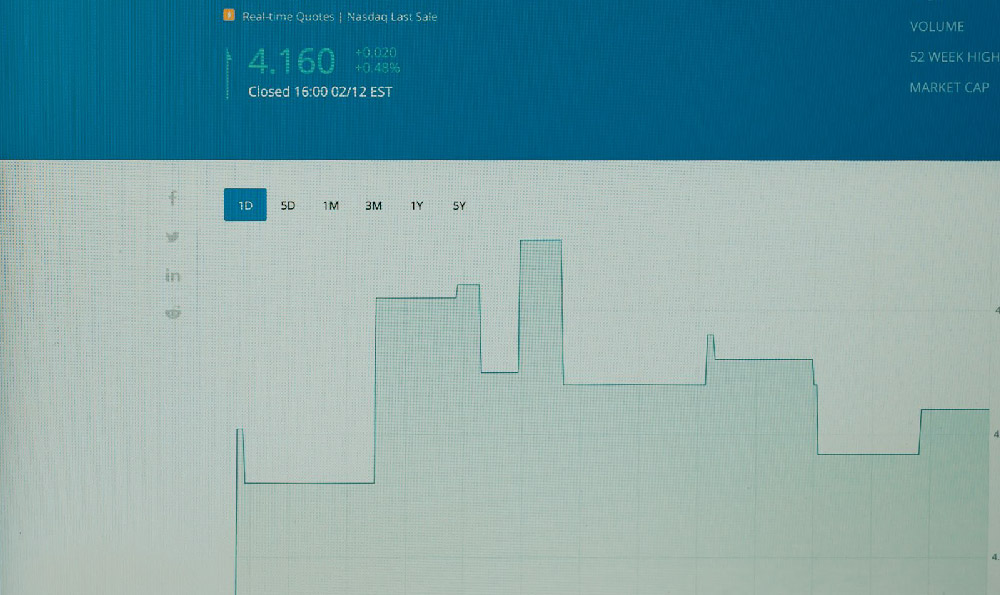Rebalancing your investment portfolio is a critical aspect of long-term wealth management often overlooked by both novice and experienced investors. It's more than just a periodic check-up; it's a strategic adjustment to ensure your portfolio continues to align with your financial goals and risk tolerance. Neglecting this crucial process can unknowingly expose you to unnecessary risk or hinder your potential returns.
The core principle behind rebalancing lies in the natural fluctuations of the market. Different asset classes – stocks, bonds, cryptocurrencies, real estate, etc. – perform differently over time. Some may surge ahead, while others may lag behind or even decline. This disparity inevitably shifts your portfolio's asset allocation, causing it to deviate from your initial target allocation. For example, if your original plan was to hold 60% stocks and 40% bonds, and stocks experience a significant bull run, your portfolio might now consist of 75% stocks and only 25% bonds. While this might seem advantageous on the surface due to the increased value, it also significantly increases your risk exposure. You're now far more vulnerable to market downturns, which could erode your gains more rapidly than you initially anticipated.
Rebalancing involves selling some of the assets that have performed well (in our example, stocks) and using the proceeds to buy assets that have underperformed (bonds). This process effectively "sells high and buys low," a fundamental principle of sound investing. It’s a disciplined approach that combats emotional investing, preventing you from chasing performance and potentially buying into overvalued assets.

Several compelling reasons underscore the importance of rebalancing. First and foremost, it helps manage risk. By returning your portfolio to its target allocation, you're effectively reducing your exposure to the most volatile assets and increasing your allocation to more stable ones. This, in turn, provides a buffer against market corrections and helps preserve your capital. Secondly, it helps maintain your desired risk profile. Your risk tolerance is a key factor in determining your initial asset allocation. As your portfolio drifts away from that allocation, your actual risk exposure changes, potentially exceeding your comfort level. Rebalancing ensures that your portfolio remains aligned with your risk tolerance, preventing unwanted surprises during market volatility.
Furthermore, rebalancing can improve your long-term returns. While it might seem counterintuitive to sell assets that are performing well, doing so prevents you from becoming overly concentrated in any one asset class. Diversification, which rebalancing helps maintain, is a cornerstone of successful investing. By spreading your investments across different asset classes, you reduce the impact of any single asset's performance on your overall portfolio. Finally, rebalancing offers a disciplined approach to managing your investments. It forces you to periodically review your portfolio, assess its performance, and make adjustments based on a predetermined strategy rather than emotional reactions to market events. This disciplined approach can help you avoid common investment mistakes, such as panic selling during market downturns or chasing short-term gains.
Determining the optimal frequency for rebalancing is a subject of debate among financial advisors. There's no one-size-fits-all answer, as the ideal frequency depends on several factors, including your investment goals, risk tolerance, and the volatility of your portfolio. However, several common rebalancing strategies exist.
Time-based rebalancing involves rebalancing your portfolio at predetermined intervals, such as quarterly, semi-annually, or annually. This is a simple and straightforward approach that provides a consistent rhythm to your investment management. Many investors find that annual rebalancing is a good balance between staying on track and avoiding excessive trading. Threshold-based rebalancing involves rebalancing your portfolio when your asset allocation deviates from your target allocation by a certain percentage. For example, you might choose to rebalance whenever any asset class exceeds or falls below its target allocation by 5 percentage points. This approach is more responsive to market fluctuations than time-based rebalancing, but it also requires more frequent monitoring.
A hybrid approach combines elements of both time-based and threshold-based rebalancing. For example, you might choose to rebalance annually but also rebalance if any asset class deviates from its target allocation by more than 10 percentage points. This approach provides a balance between consistency and responsiveness.
Beyond the frequency, it's crucial to be mindful of the potential tax implications of rebalancing. Selling assets in a taxable account can trigger capital gains taxes, which can eat into your returns. Therefore, it's essential to consider the tax consequences before rebalancing and to explore tax-efficient strategies, such as rebalancing within tax-advantaged accounts like 401(k)s or IRAs whenever possible.
The emergence of cryptocurrencies adds another layer of complexity to portfolio rebalancing. Their inherent volatility and rapid price swings can significantly impact asset allocation, making rebalancing even more critical. If you include cryptocurrencies in your portfolio, you should carefully consider their risk profile and adjust your rebalancing strategy accordingly. A lower allocation and potentially more frequent rebalancing might be warranted due to their volatility.
In conclusion, rebalancing is an indispensable part of a well-rounded investment strategy. It’s not about chasing returns; it’s about maintaining a portfolio that aligns with your long-term goals and risk tolerance. By understanding the principles behind rebalancing, choosing the right strategy, and being mindful of tax implications, you can significantly improve your investment outcomes and protect your financial future. Remember, consulting with a qualified financial advisor can provide personalized guidance tailored to your specific circumstances and investment objectives.












